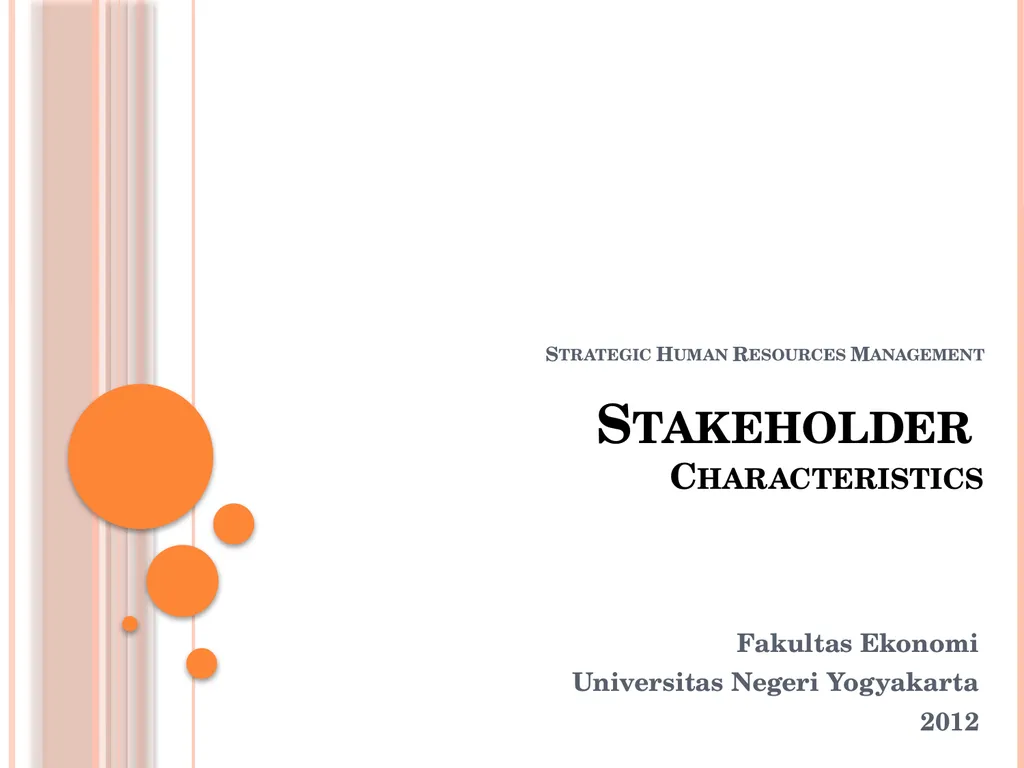
Strategic Human Resources Management Stakeholder
Author: ellena-manuel | Published: 2025-05-28
Description: Strategic Human Resources Management Stakeholder Characteristics Fakultas Ekonomi Universitas Negeri Yogyakarta 2012 A corporate stakeholder is a party that can affect or be affected by the actions of the business as a whole. The
Download Presentation
Download the PPT/PDF: Download
Transcript:
Loading transcript…